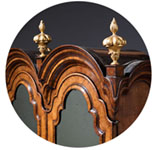Fine Eight Day 19th Century Architectural Vienna Biedermeier Regulator Clock
Sold
Request Information
Follow Us
Fine Eight Day 19th Century Architectural Vienna Biedermeier Regulator Clock
A fine and extremely elegant Vienna regulator of wonderful proportions with a mahogany-veneered and boxwood line inlaid case, c. 1840-50 (German: Dachl-Uhr). The elegant case has a triangular architectural pediment, glazed front door and sides, and a moulded tailpiece at the bottom. The 6.5-inch white enamel dial is set in a high-quality engine-turned bezel and has a Roman chapter ring with five-minute and minute divisions. The time is indicated by a fine pair of pierced blued steel hands of typical shape. The carefully conserved eight-day brass movement is constructed between rectangular plates and consists of a going train only, driven by a single brass-cased lead weight of typically Vienna regulator shape. It has dead-beat escapement, beat regulation and Harrison’s maintaining power. The clock keeps exceptionally good time as one would expect from a piece of this quality.
Condition
Good. Wear consistent with age and use.
Dimensions
Height: 37.41 in. (95 cm) Width: 8.86 in. (22.5 cm) Depth: 4.93 in. (12.5 cm)
PREVIOUSLY SOLD

Important Charles II 17th Century Princes Wood and Marquetry Longcase Clock
Important Charles II 17th Century Princes Wood and Marquetry Longcase Clock SOLD Follow UsImportant Charles II 17th Century Princes Wood and Marquetry Longcase Clock A unique and important Charles II 17th century month-going Princes wood and...

A Rare And Unusual 19th-Century Carriage Clock Signed Devienne Lamy A St Quentin, Circa: 1860
A Rare And Unusual 19th-Century Carriage Clock Signed Devienne Lamy A St Quentin, circa 1860. The gorge case has bevelled glass panels on all sides.

A Unique And Fine Mid 19th-Century Travelling Clock By Celebrated Makers Arnold & Dent, London
Unique and Fine Mid 19th-Century Travelling Clock By Celebrated Makers Arnold & Dent, London. The time is indicated by a fine pair of blued-steel Breguet hands.
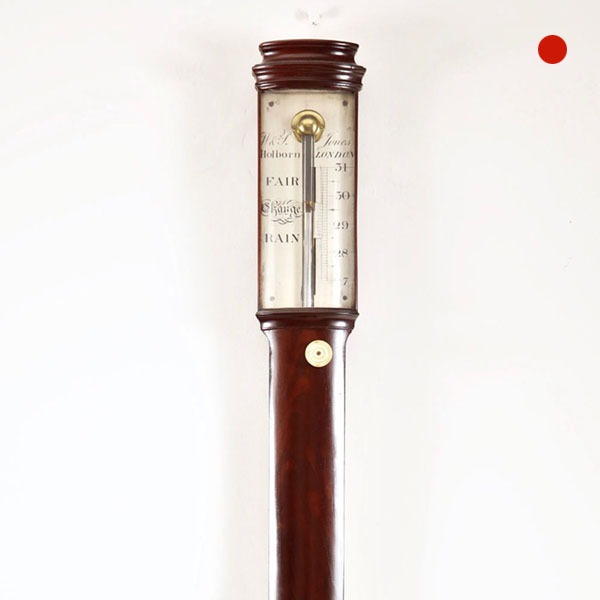
A fine 18th-Century George III mahogany bow-front stick barometer
The mahogany-veneered case has an austere form with only the moulded caddy top and the urn-shaped cistern cover to break its soberness. The silvered register plates are protected by a bowed glass, the recorder with vernier scale being operated by a knob below the register plate.
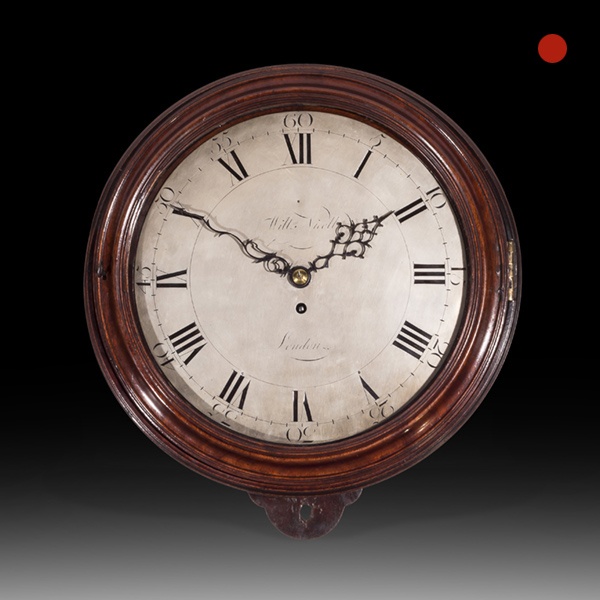
Large Mahogany 18th-Century Dial Clock, William Nicoll, London
The solid mahogany case has a moulded mahogany glazed door, which can be locked on the left-hand side. The original rectangular saltbox is permanently attached to the front and has doors to the side and the bottom.

19th-Century Quarter-striking Carriage Clock by Leroy, Paris
The gilt-brass, so-called corniche case has bevelled glass panels on all sides so that the movement is entirely visible. It is surmounted by a shaped carrying handle. The white enamel dial has a Roman chapter ring, with Arabic five-minute and minute divisions.

Important Charles II 17th Century Princes Wood and Marquetry Longcase Clock
Important Charles II 17th Century Princes Wood and Marquetry Longcase Clock SOLD Follow UsImportant Charles II 17th Century Princes Wood and Marquetry Longcase Clock A unique and important Charles II 17th century month-going Princes wood and...

A Rare And Unusual 19th-Century Carriage Clock Signed Devienne Lamy A St Quentin, Circa: 1860
A Rare And Unusual 19th-Century Carriage Clock Signed Devienne Lamy A St Quentin, circa 1860. The gorge case has bevelled glass panels on all sides.

A Unique And Fine Mid 19th-Century Travelling Clock By Celebrated Makers Arnold & Dent, London
Unique and Fine Mid 19th-Century Travelling Clock By Celebrated Makers Arnold & Dent, London. The time is indicated by a fine pair of blued-steel Breguet hands.

A fine 18th-Century George III mahogany bow-front stick barometer
The mahogany-veneered case has an austere form with only the moulded caddy top and the urn-shaped cistern cover to break its soberness. The silvered register plates are protected by a bowed glass, the recorder with vernier scale being operated by a knob below the register plate.

Large Mahogany 18th-Century Dial Clock, William Nicoll, London
The solid mahogany case has a moulded mahogany glazed door, which can be locked on the left-hand side. The original rectangular saltbox is permanently attached to the front and has doors to the side and the bottom.

19th-Century Quarter-striking Carriage Clock by Leroy, Paris
The gilt-brass, so-called corniche case has bevelled glass panels on all sides so that the movement is entirely visible. It is surmounted by a shaped carrying handle. The white enamel dial has a Roman chapter ring, with Arabic five-minute and minute divisions.
YOU MAY ALSO LIKE
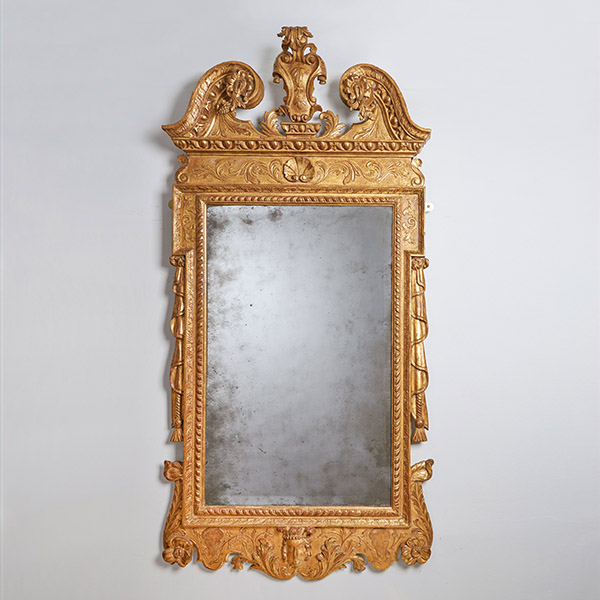
A Rare 18th Century George II Carved Cut Gesso and Giltwood Mirror, Circa 1730
A Rare 18th Century George II Carved Cut Gesso and Giltwood Mirror, Circa 1730 £28,000Follow UsA...

A Gillows George IV Regency Carved Mahogany Grand Tour Specimen Marble Table
A Gillows George IV Regency Carved Mahogany Grand Tour Specimen Marble Table £17,500Follow UsA...
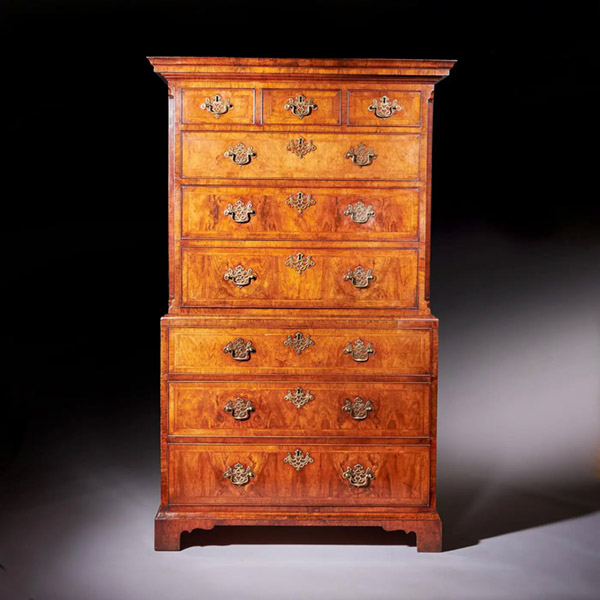
A Fine 18th Century George II Figured Walnut Chest on Chest or Tallboy, 1740
A Fine 18th Century George II Figured Walnut Chest on Chest or Tallboy, 1740 £14,000[wpforms_selector form_id="11387" _builder_version="4.22.1" _module_preset="default" custom_margin="-30px||||false|false" hover_enabled="0"...
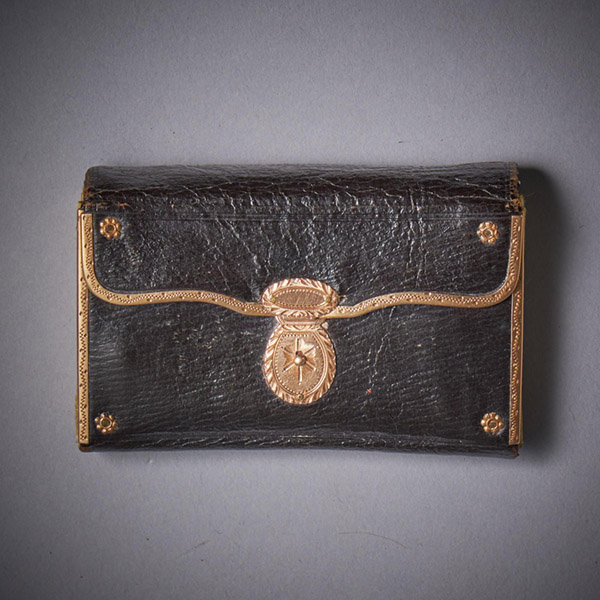
From Queen Charlotte A Rare Miniature Gold Mounted George III Almanack
From Queen Charlotte, A Rare Miniature Gold Mounted George III Almanack £2,750[wpforms_selector form_id="11387" _builder_version="4.22.1" _module_preset="default" custom_margin="-30px||||false|false" hover_enabled="0" global_colors_info="{}"...
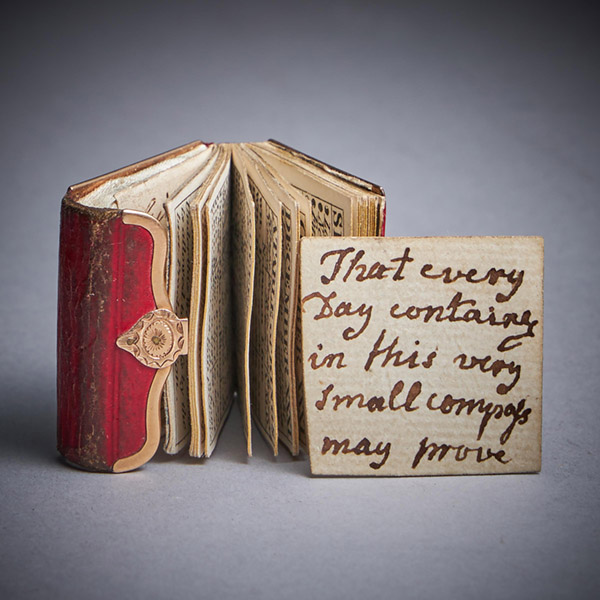
From Queen Charlotte, A Rare Miniature Gold Mounted George III Almanack, 1817
From Queen Charlotte, A Rare Miniature Gold Mounted George III Almanack, 1817 £2,750[wpforms_selector form_id="11387" show_title="on" _builder_version="4.22.1" _module_preset="default" custom_margin="-30px||||false|false" hover_enabled="0"...

Charles II Olive Oyster Floral Marquetry Table
Attributed to GERRIT JENSEN (worked c.1680-1715) Charles II Olive Oyster Floral Marquetry Table 1680 to 1683 England Sold[wpforms_selector form_id="11387" show_title="on" _builder_version="4.22.1" _module_preset="default"...

A Rare 18th Century George II Carved Cut Gesso and Giltwood Mirror, Circa 1730
A Rare 18th Century George II Carved Cut Gesso and Giltwood Mirror, Circa 1730 £28,000Follow UsA...

A Gillows George IV Regency Carved Mahogany Grand Tour Specimen Marble Table
A Gillows George IV Regency Carved Mahogany Grand Tour Specimen Marble Table £17,500Follow UsA...

A Fine 18th Century George II Figured Walnut Chest on Chest or Tallboy, 1740
A Fine 18th Century George II Figured Walnut Chest on Chest or Tallboy, 1740 £14,000[wpforms_selector form_id="11387" _builder_version="4.22.1" _module_preset="default" custom_margin="-30px||||false|false" hover_enabled="0"...

From Queen Charlotte A Rare Miniature Gold Mounted George III Almanack
From Queen Charlotte, A Rare Miniature Gold Mounted George III Almanack £2,750[wpforms_selector form_id="11387" _builder_version="4.22.1" _module_preset="default" custom_margin="-30px||||false|false" hover_enabled="0" global_colors_info="{}"...

From Queen Charlotte, A Rare Miniature Gold Mounted George III Almanack, 1817
From Queen Charlotte, A Rare Miniature Gold Mounted George III Almanack, 1817 £2,750[wpforms_selector form_id="11387" show_title="on" _builder_version="4.22.1" _module_preset="default" custom_margin="-30px||||false|false" hover_enabled="0"...

Charles II Olive Oyster Floral Marquetry Table
Attributed to GERRIT JENSEN (worked c.1680-1715) Charles II Olive Oyster Floral Marquetry Table 1680 to 1683 England Sold[wpforms_selector form_id="11387" show_title="on" _builder_version="4.22.1" _module_preset="default"...
